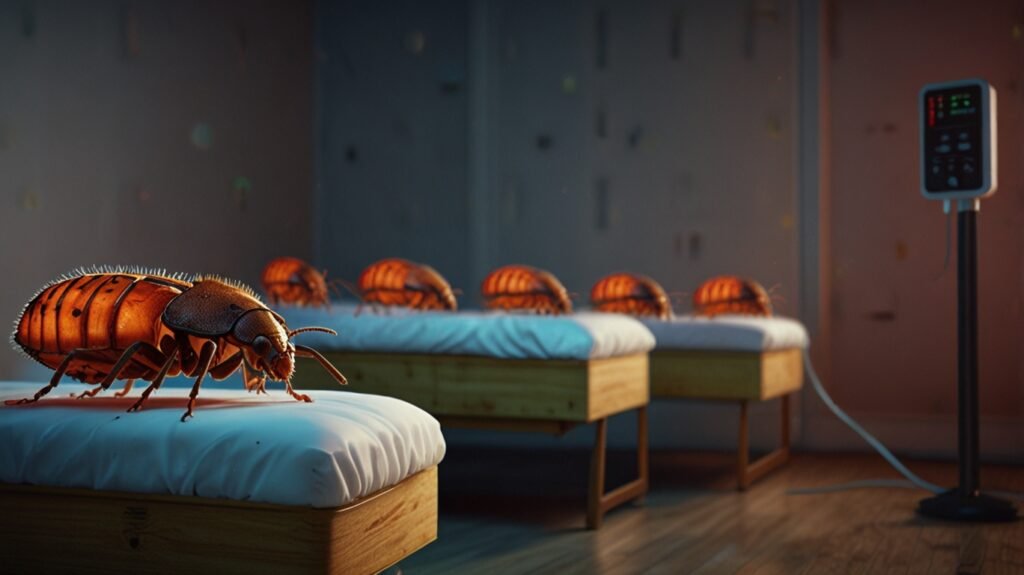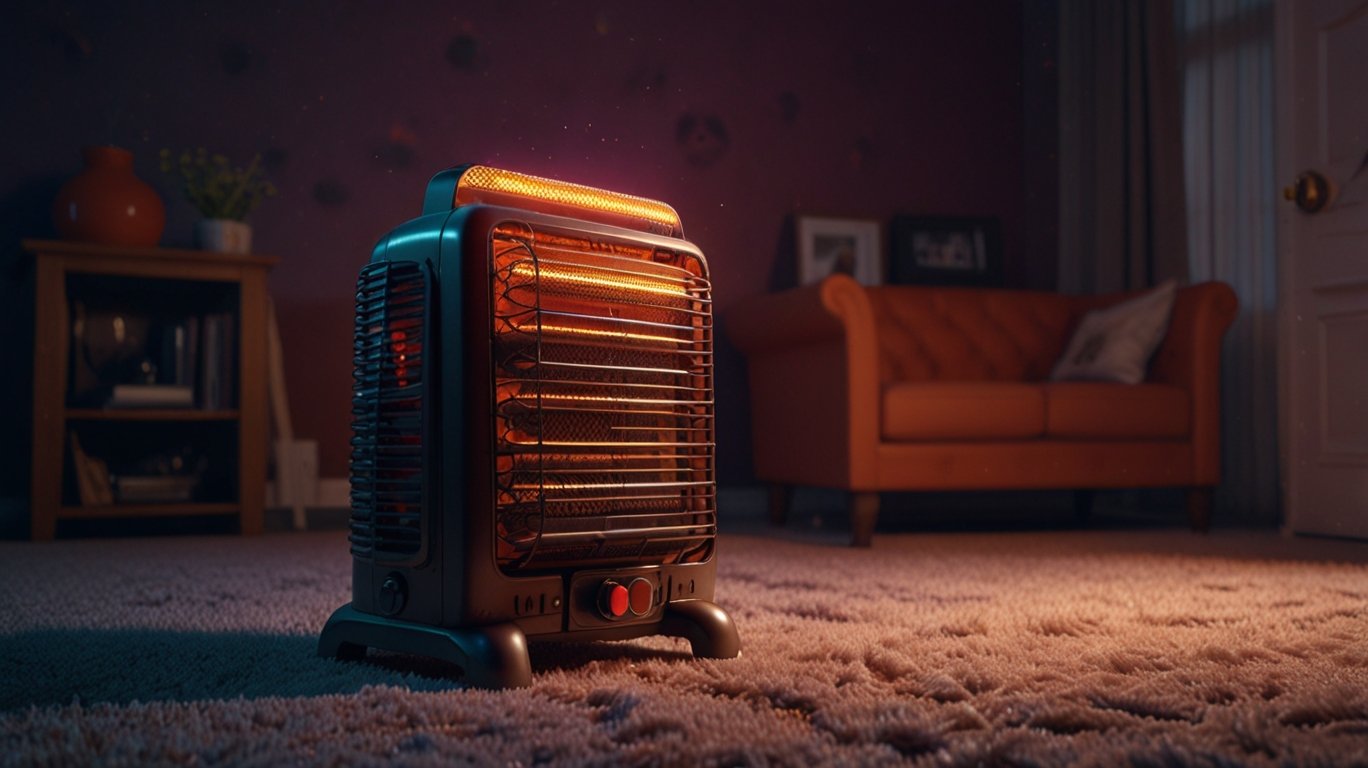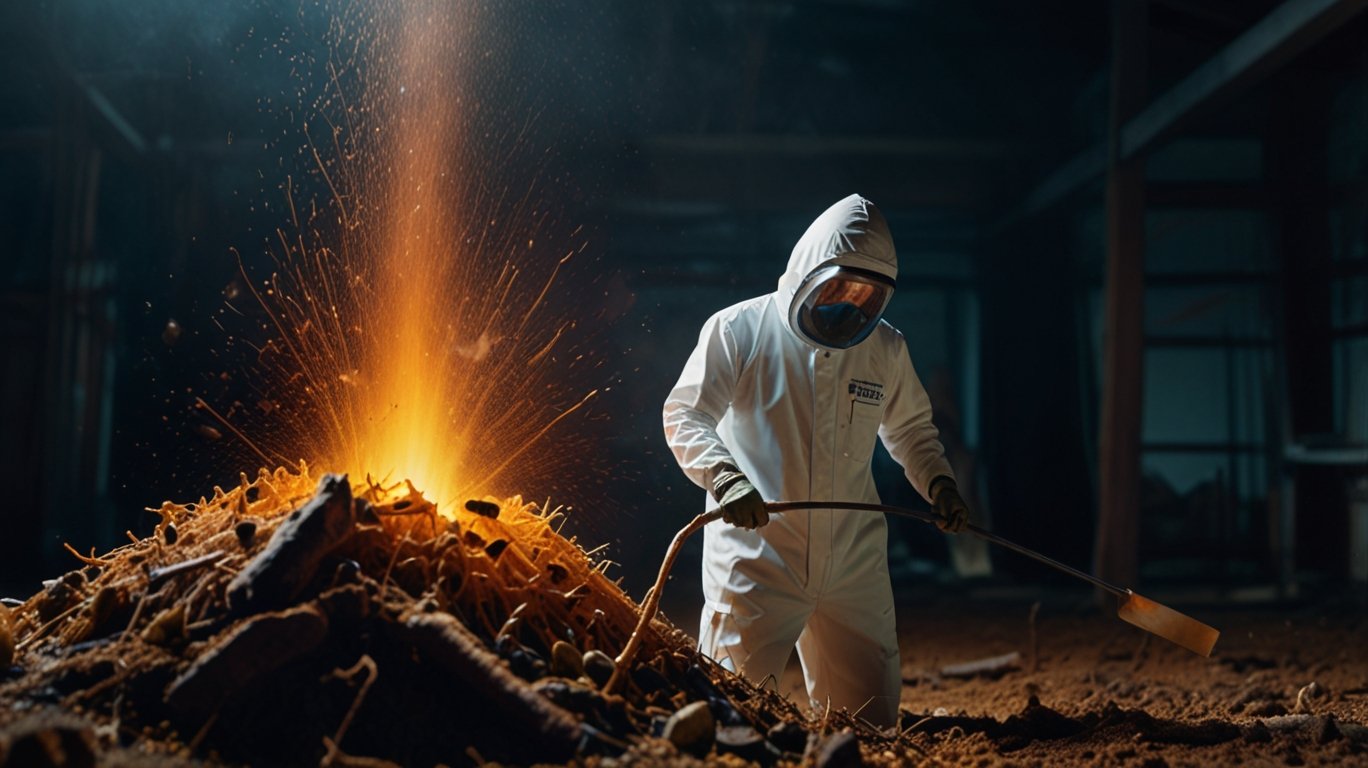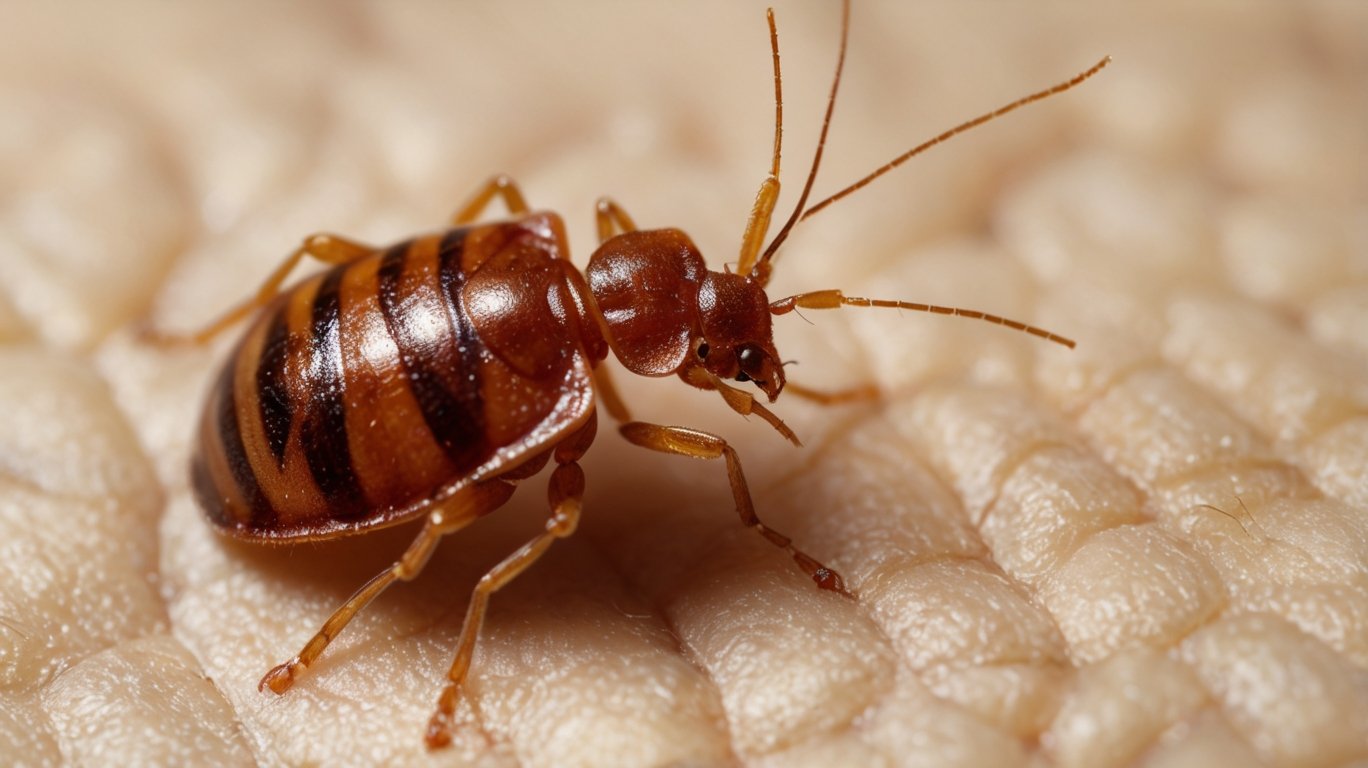Choosing an effective heater can be challenging, especially if you need one capable of extreme temperatures like 140 degrees Fahrenheit. Whether tackling bed bugs, performing industrial processes, or maintaining comfort in harsh conditions, finding the right high-powered unit is crucial. This guide explores options for heaters that reach 140 degrees, why you may need one, and safe, effective use.
Why Such Intense Heat?
A heater with this intensity might be necessary for several reasons. Some require eliminating pests through sustained exposure above 120 degrees, making high-temp space heaters useful tools. Industrial settings occasionally demand maintaining ambient temperatures for curing, drying, or other manufacturing needs. In incredibly uninsulated areas, achieving comfort could require maximum heat output on the coldest days. Understanding your specific needs helps identify the best choice.
Key Attributes to Consider
When shopping for a unit with strength sufficient for heaters that reach 140 degrees, evaluate these defining characteristics. Power level must match your use small 50 square foot rooms require less BTUs than large, open floor plans. Fuel type dictates safety and maintenance. Determine if you prefer gas, kerosene, propane or electricity based on convenience and costs. Portability allows flexibility – bigger, stationary models work best for permanent installation while compact sizes offer mobility. Finally, controls and safety features provide peace of mind that your investment will operate as intended without risk.
1. Temperature Range and Control
While shopping for a heater, check its maximum rated heat output. Not all models can reliably achieve or sustain the heaters that reach 140 degrees Fahrenheit continuously. Look for ones with adjustable thermostats offering precise temperature regulation, enabling you to set and hold your desired setting.
2. Integrated Safety Features
Heaters capable of such elevated heat levels necessitate safeguards to prevent dangers if misused. Confirm automatic shutoffs and overheat protections are installed, plus tip-over sensors to halt functioning if toppled, reducing risks of fires or burns.
3. Adequate Heating Power
Consider the space you aim to warm, as a heater’s effectiveness derives from its British Thermal Unit rating. Larger areas demand higher BTU output for reliably achieving and maintaining very high temperatures like 140 degrees.
4. Mobility
If transporting the heater between varied locations or rooms proves necessary, prioritize lightweight, wheeled designs permitting convenient repositioning wherever needed.
5. Robust Durability and Construction
Models powering to such intensities warrant resilience and quality crafting able to withstand regular, prolonged usage. Inspect for strongly fabricated, durable components built to perform consistently even under demanding conditions.

How Hot Can a Space Heater Get?
- You may wonder just how warm a basic space heater can heat a room. Most household models aim to generate a comfortable ambient heat, usually maxing out in the 85 to 90 degree Fahrenheit range. However, there exist high-powered industrial heaters and specialized appliances capable of surpassing even 140 degrees, like some employed for certain pest extermination methods requiring elevated temperatures.
- When considering how hot do space heaters get, it’s crucial to match the appliance’s capability with one’s particular needs. Not every unit can safely reach 140 degrees Fahrenheit, and trying to utilize one beyond its intended capacity can be perilous.
- Controlling pests like bed bugs may necessitate heating an area to no less than 120 degrees to ensure eradication. Here is a stepwise manual for safely and effectively elevating the temperature: Seal the space entirely by closing all windows, doors, and sealing any gaps or vents to prevent heat from escaping and guarantee an even distribution throughout. Opt for an appliance capable of achieving the desired temperature with a built-in thermostat for precise regulation.
- Independently monitor the room’s temperature using a digital thermometer to confirm the heater is functioning correctly and the target temperature has been attained. Circulate the hot air thoroughly using fans, particularly in more expansive rooms, to guarantee the entire area reaches the requisite temperature. Follow safety precautions by keeping flammable materials away from the heater and never leaving the appliance unattended. Employ units with integrated safety features to minimize danger.
- High-temperature heaters are commonly used in pest management. For example, employing a space heater for bed bugs involves warming the room to around 120-140 degrees Fahrenheit to kill the pests and their eggs. However, this process poses risks. If the appliance is not designed to reach these temperatures, one could damage the unit or, worse, cause a fire hazard.
- Always choose a heater specifically rated for pest control applications and follow the manufacturer’s guidelines for safe operation. Be mindful of potential termite heat treatment damage as well, especially if using the heater for extended periods.
Selecting and Maintaining Heaters Appropriately
Choosing the appropriate heater and keeping it in good working order is important for both safety and effectiveness. Consider the following tips:
- Heaters come in varying designs with differing temperature ranges, energy usage, and features.
- Evaluate your specific needs carefully to determine the best model.
- Those tackling pests may need a heaters that reach 140 degrees or more for sufficient heat treatment. Safety must always be the top concern when selecting a unit.
Conclusion
In addition to initial choice, demand close attention to maintenance. Inspect your heater thoroughly before each use for any signs of wear like damaged plugs or frayed wires. Such issues could endanger operation if overlooked. Keep the interior clean too by dusting regularly per the owner’s manual. This maintains performance and minimizes fire risks over the lifespan.
Electric units can draw heavy loads, so only use heaters in circuits with sufficient capacity. Avoid extension cords that could overheat if not rated for high power loads. Adhering to these safety practices and the manufacturer’s guidelines ensures the most effective and secure heater function.
With conscientious selection and upkeep of heaters, you can safely and successfully heat spaces for pest control needs or simply keep warm in extreme weather. Prioritizing both safety and fulfilling your heating objectives leads to the best long-term results.



